Fundamentals of 3D Lighting: Achieving Realistic Effects
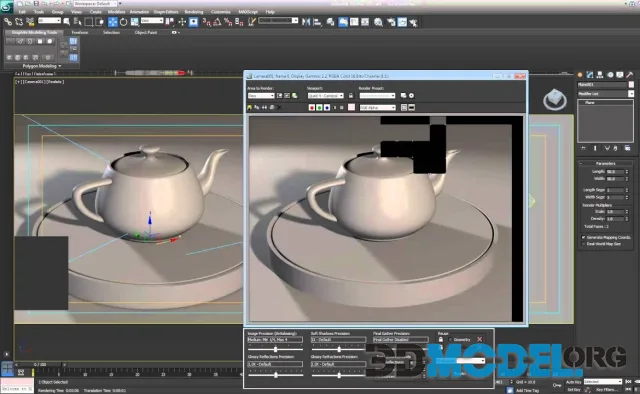
In the realm of three-dimensional graphics, lighting plays a pivotal role in creating realistic and compelling images. Proper utilization of lighting techniques can significantly enhance visualization quality, making 3D scenes more expressive and appealing to viewers. In this article, we will delve into the basics of 3D lighting and share insights on achieving maximally realistic effects.
Lighting in 3D Graphics:
Before delving into the intricacies of lighting, it is essential to understand its impact on the perception of objects and scenes in 3D space. 3D lighting can be categorized into several main types: directional, point, and ambient lighting. Each of them has unique characteristics and applications in different scenarios.
Directional Lighting:
Directional lighting is effective in creating sharp shadows and emphasizing object shapes. It simulates light coming from a specific direction, adding depth and contrast to the scene. Properly configuring the angle of light incidence is crucial to achieving the best visual effect.
Title: "Fundamentals of 3D Lighting: Achieving Realistic Effects"
Introduction:
In the realm of three-dimensional graphics, lighting plays a pivotal role in creating realistic and compelling images. Proper utilization of lighting techniques can significantly enhance visualization quality, making 3D scenes more expressive and appealing to viewers. In this article, we will delve into the basics of 3D lighting and share insights on achieving maximally realistic effects.
Lighting in 3D Graphics:
Before delving into the intricacies of lighting, it is essential to understand its impact on the perception of objects and scenes in 3D space. 3D lighting can be categorized into several main types: directional, point, and ambient lighting. Each of them has unique characteristics and applications in different scenarios.
Directional Lighting:
Directional lighting is effective in creating sharp shadows and emphasizing object shapes. It simulates light coming from a specific direction, adding depth and contrast to the scene. Properly configuring the angle of light incidence is crucial to achieving the best visual effect.
Point Lighting:
Point lighting models light emanating from a single point in all directions, resembling a light source such as a lamp or candle. It creates soft shadows and is suitable for establishing atmospheric lighting. Adjusting the intensity and positioning of point light sources plays a vital role in defining the mood of the scene.
Ambient Lighting:
Ambient lighting takes into account light scattered in the surrounding environment, providing a background illumination to the scene. This type of lighting is crucial for creating natural and realistic effects, such as specular reflections and soft shadows.
Shadows and Reflections:
Without shadows and reflections, a scene may appear flat and unrealistic. To achieve a high level of detail, actively utilizing different types of shadows—light source shadows, obstacle shadows, and soft shadows—is essential. Reflections are also a critical element that adds realism to a scene, whether they are mirror-like or matte, depending on the properties of the materials.
Resource Link:
For more efficient work with three-dimensional graphics and the creation of stunning scenes, our website offers free collections of 3D models available for download in the this section. Here, you'll find a wide range of models for design and game development, saving you time and enhancing the quality of your projects.
Add-ons and Plugins for Blender:
If you are working with Blender, a powerful tool for 3D modeling and animation, we recommend visiting the Blender addons section on our website. Here, you can freely download various add-ons and plugins that expand Blender's functionality and streamline your workflow.
Technical Details and Optimization:
To optimize the lighting process, consider employing techniques such as ray tracing, global illumination, and high dynamic range (HDR) lighting. Ray tracing enhances realism by simulating the path of light rays, while global illumination models how light interacts with surfaces, creating realistic indirect lighting effects. HDR lighting allows for a broader range of luminance, capturing subtle details in highlights and shadows.
Conclusion:
3D lighting is both an art and a science, requiring an understanding of physical principles and a creative approach. Properly utilizing various lighting types, configuring shadows and reflections, and leveraging resources provided by our website will help you achieve maximally realistic effects in your 3D projects. Best of luck in your creative endeavors!
Ctrl
Enter
Noticed a misTake
Highlight text and press Ctrl+EnterRelated news:
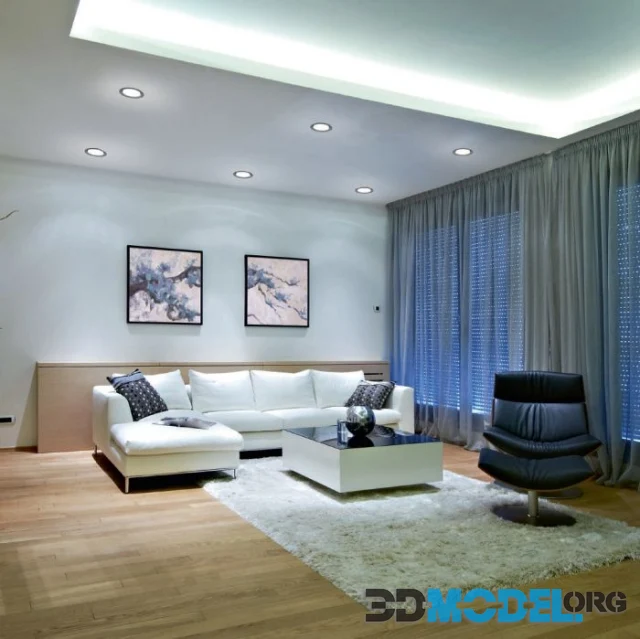
Basic principles of light and shadows in design and architectural projects
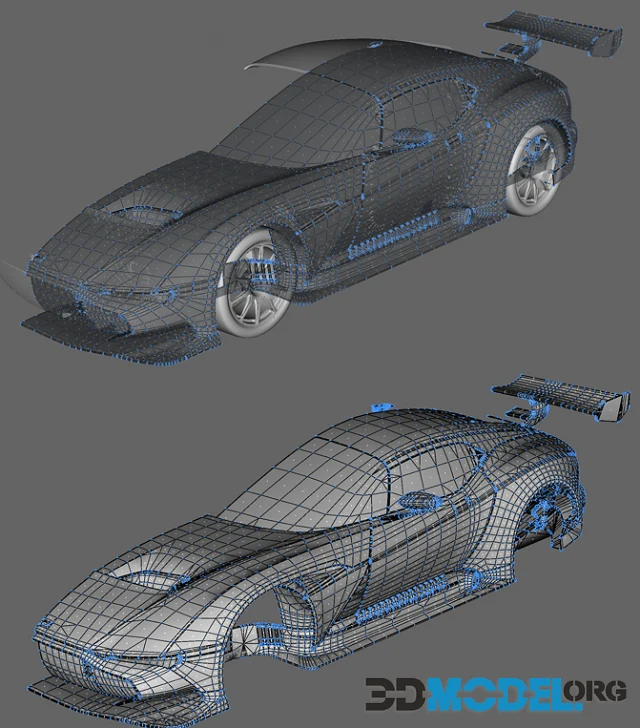
How to Create 3D Models of Cars
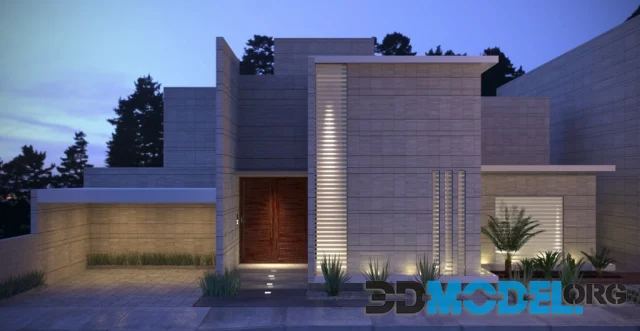
Vray vs Corona for Architectural Rendering
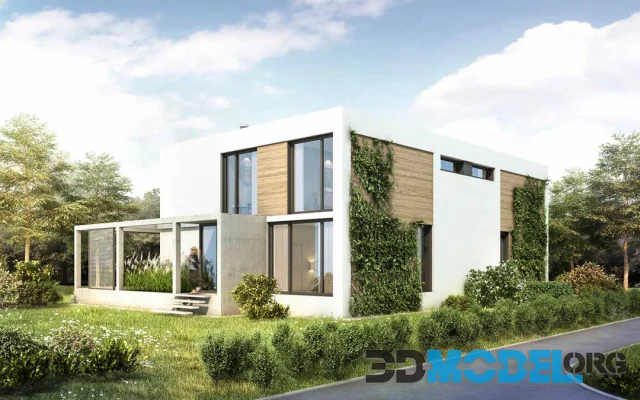
Best 3D Software For Architectural Visualization

Texturing in 3D: Best Practices and Insights from Professionals
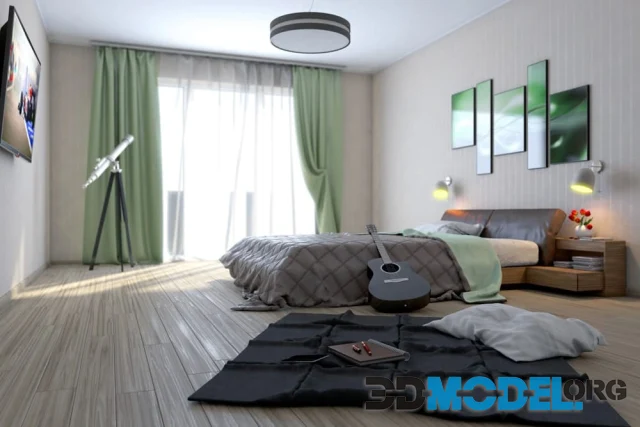
Optimal V-Ray render settings for interior visualisation
Comments (0)
